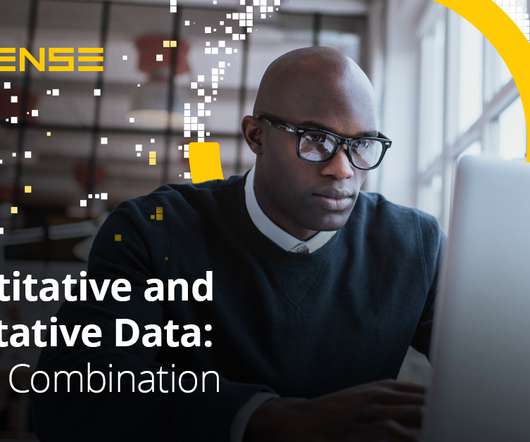10 Examples of How Big Data in Logistics Can Transform The Supply Chain
datapine
MAY 2, 2023
Winkenbach said that his data showed that “deliveries in big cities are almost always improved by creating multi-tiered systems with smaller distribution centers spread out in several neighborhoods, or simply pre-designated parking spots in garages or lots where smaller vehicles can take packages the rest of the way.”
















Let's personalize your content